1. In 2014, Ho Chi Minh City Culture - Literature Publishing House published the book "Some new documents about President Ho Chi Minh in Cuu Quoc Newspaper" by author Vu Van Sach.
True to its title, the book gathers many valuable articles, including the article "President Ho at the National Cultural Conference" published in the Cuu Quoc Newspaper - Lien Khu 4, a special issue celebrating Uncle Ho's birthday in 1949. The writer signed: "A person attending the conference", recounting the first meeting with Uncle Ho at the Hanoi Opera House in 1946, when more than 300 delegates from all over the country attended the National Cultural Conference.
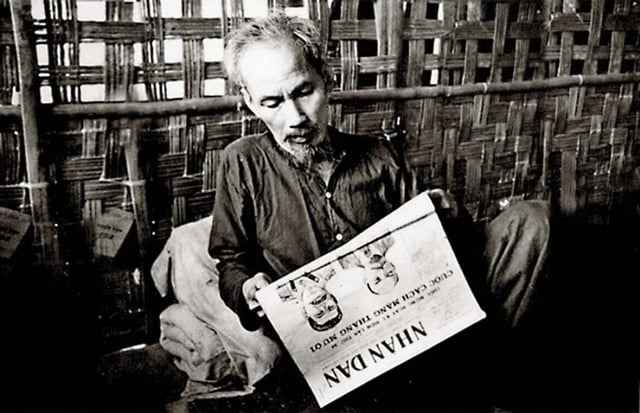
President Ho Chi Minh is always the embodiment of humanity.
PHOTO: DOCUMENT
The author reported as follows: "We attended the National Cultural Conference held in the capital in 1946. The program said that President Ho would come to open the conference. Since the revolution, our Central brothers have written poems about Uncle Ho, written essays about Uncle Ho, discussed and thought about Uncle Ho, but no one has seen Uncle Ho.
There he was, walking briskly between the rows of chairs, turning to the left and right, greeting everyone. We held our breath, following his every move. Who was that President ? How simple and gentle he was. There was something elegant, modest, something oriental that pervaded the room. Our hearts softened. He began to speak. Simple words. A hoarse voice. Occasionally he stopped to cough. It wasn't a speech. Just an intimate family story...".
At that conference, he said a short sentence that became a famous saying: "Culture lights the way for the nation to go."
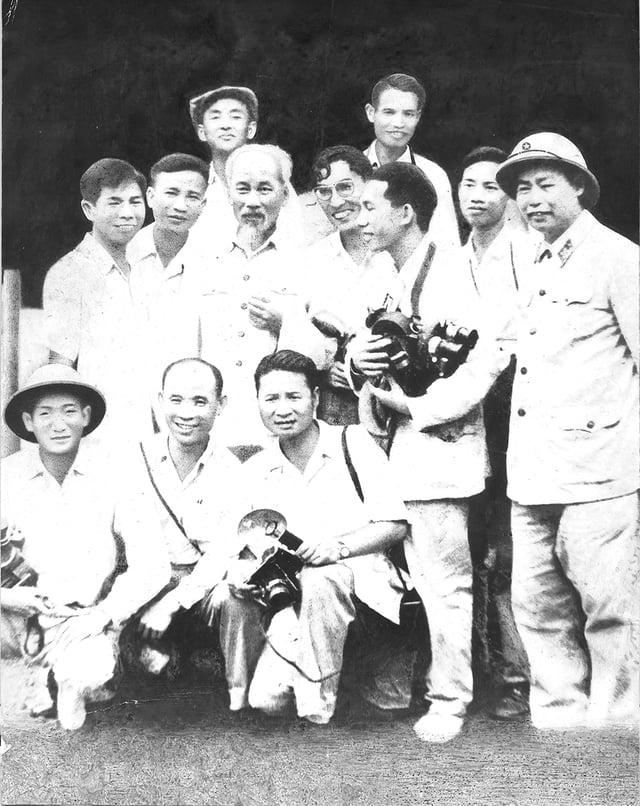
President Ho Chi Minh with reporters of the Vietnam Independence Newspaper in Thai Nguyen, January 1964
PHOTO: DOCUMENT
The spirit and the flow of emotions that the group of journalists felt were similar to the story about Him by Culturalist Hoang Dao Thuy, a veteran revolutionary who spent many years in Viet Bac, attending Government meetings: "Every month, when the Government Council met, they would call him up to report and meet him. The place where he lived always had a peaceful and strong atmosphere; everyone wanted to bathe in that atmosphere...", quoted in Uncle Ho's Kindness ( Ho Chi Minh City General Publishing House, page 331).
2. In 1948, painter Phan Ke An (son of Minister Phan Ke Toai - later Deputy Prime Minister of Uncle Ho's Government) was a painter for the Truth Newspaper and was sent by General Secretary Truong Chinh to Viet Bac to draw Uncle Ho. In fact, the painting and sculpting of the President in Hanoi had been done by the National Salvation Cultural Association, with artists To Ngoc Van, Nguyen Do Cung and Nguyen Thi Kim, in about 10 days. This time in Viet Bac, in the mountainous and forested setting, time was not urgent and there were many advantages for the young painter, only 25 years old.

President Ho Chi Minh with journalists at the 3rd Congress of the Vietnam Journalists Association, 1962
PHOTO: DOCUMENT
Painter Phan Ke An recalls: "When I reached Gie Pass, after walking about 300 meters, I saw Uncle Ho - in a brown suit - alone coming out to greet me. He shook my hand, put his arm around my shoulder, and intimately asked about my health. He introduced himself as "Minh" and called me "An", then asked about my office, family, and parents.
Then Uncle Ho said: You stay here with me, stay as long as you want. I will do my work, you just do your work according to your whim.
In the afternoon, we had a simple meal together. Only the two of us sat at the table. Uncle took a bottle of medicinal wine and poured me a small cup of jackfruit seeds and he also a small cup. When we clinked glasses, I drank it all in one gulp, while Uncle took a small sip.
The next morning, I carried my things to Uncle Ho's hut and saw him sitting at the typewriter. I greeted him and he immediately reminded me: An, just work comfortably as I told you...
In addition to the sketches, I spread a large sheet of paper on a wooden board and tried to draw a portrait of Uncle Ho in charcoal, although he did not sit still but was always moving. I stayed to draw Uncle Ho for more than 2 weeks.
Before saying goodbye, Uncle Ho kindly saw me off a short distance, then shook my hand and hugged me tightly on the shoulder..." (abridged from Ho Chi Minh - The Embodiment of Peace Culture, Saigon Culture Publishing House 2005).
3. Before holding the position of Party Chairman and President, Ho Chi Minh had a journey of making a living, training hard, fighting tirelessly and maturing in life.
To understand the enemy, one must find a method and choose weapons to strengthen oneself. In Paris, he wrote for newspapers and founded the newspaper The Miserable (1922). In Guangzhou, the center of the Asian revolution, Ly Thuy (his alias) organized the newspaper Thanh Nien (1925), gathering young people from Vietnam and training them in theory and practice to prepare for the establishment of a political party. When he returned to the country, he advocated the immediate publication of the newspaper Vietnam Doc Lap (1941).
In all the above newspapers, Nguyen Ai Quoc was the editor-in-chief, both a teacher and a worker. There was no stage in journalism that he did not master. As someone who knew many foreign languages and had worked as a journalist in many different situations, locations, and times, Ho Chi Minh was a journalist who was respected and admired by the press, especially in his contacts and interviews with the bourgeois press.
People often play two roles: politician and journalist.
Despite his high position, profound knowledge and international stature, Ho Chi Minh is always present in the hearts of journalists as a close, exemplary and loving teacher.
Journalist Nguyet Tu (born in 1925), daughter of famous painter Nguyen Phan Chanh, joined the Party in 1946, worked at Vietnam Women's Newspaper since 1948, then transferred to Nhan Dan Newspaper since 1964, told about her emotional meetings with Uncle Ho in her memoir Going and Remembering (Women's Publishing House, 2016).
The first time, in 1946, she had the honor of joining the delegation welcoming Uncle Ho at Hang Co station - the delegation led by Mr. Huynh Thuc Khang. The second time was at the National Women's Congress in 1961, when she was assigned to the Presidential Palace to take photos and report on the meeting between Uncle Ho and female delegates from within and outside the country.
She said: "Every provincial delegate wanted to take a photo with Uncle Ho. He gave priority to the mountain and international delegates. I hurriedly searched for a list to present to Uncle Ho. In a hurry, I wrote: Cao Bang ethnic delegates.
He called me over and smiled warmly: Reporter Nguyet Tu, come here. If you write "Cao Bang ethnic group", I will know which ethnic group it is. Put down the flowers or you will block the lens.
When Uncle Ho asked me unexpectedly, I was so shocked that I could only quickly admit my mistake. My face was burning. I was very moved when I was able to take a photo of Uncle Ho with the delegations. At that moment, I was flustered, holding the bouquet of flowers I was given in one hand and pressing the camera button with the other. Uncle Ho's advice, to me, was no different from a kind mother's words."
In the eyes of journalists, Ho Chi Minh is so close and sympathetic. It is true as Prime Minister Pham Van Dong said: "Ho Chi Minh is the embodiment of affection, making people easy to approach and easy to talk to. He is a simple and honest person".
To feel that image more clearly, let's read the memoirs of journalist Tran Huy Lieu about the National Congress in Tan Trao, 80 years ago. That was the time when Uncle Ho had just recovered from a serious illness: "In front of us, a man rolled up his pants, wore a beret, and leaned on a cane, passing in front of the communal house, but did not go straight into the conference, but turned down to the stream to wash his feet before entering. He was no longer the handsome young man as in the photo, but a thin old man, with pale skin and slightly sunken cheeks. However, his high forehead and bright eyes were still prominent. When he entered the communal house, the whole conference applauded loudly...".
Just two weeks later, at 48 Hang Ngang, Hanoi, journalist Vo Nguyen Giap witnessed the image of Uncle Ho when he approved the Declaration of Independence :
"That day, we clearly saw the radiant joy on His still pale face."
Source: https://thanhnien.vn/ho-chi-minh-trong-mat-cac-nha-bao-18525061721282083.htm


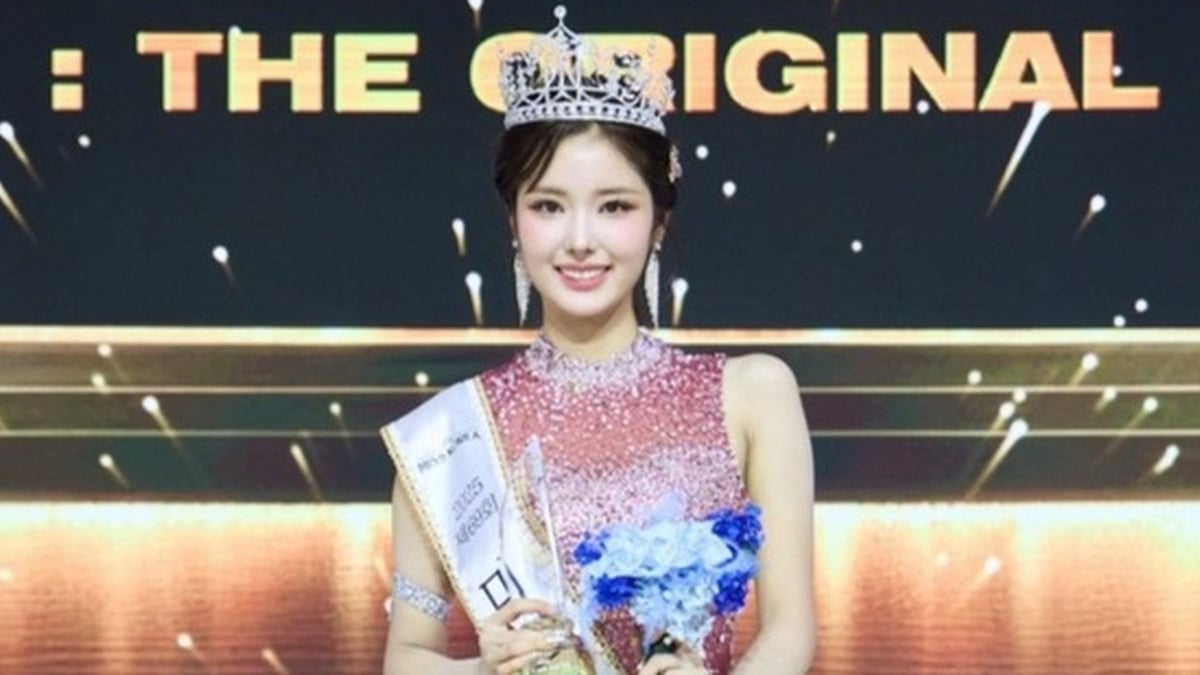
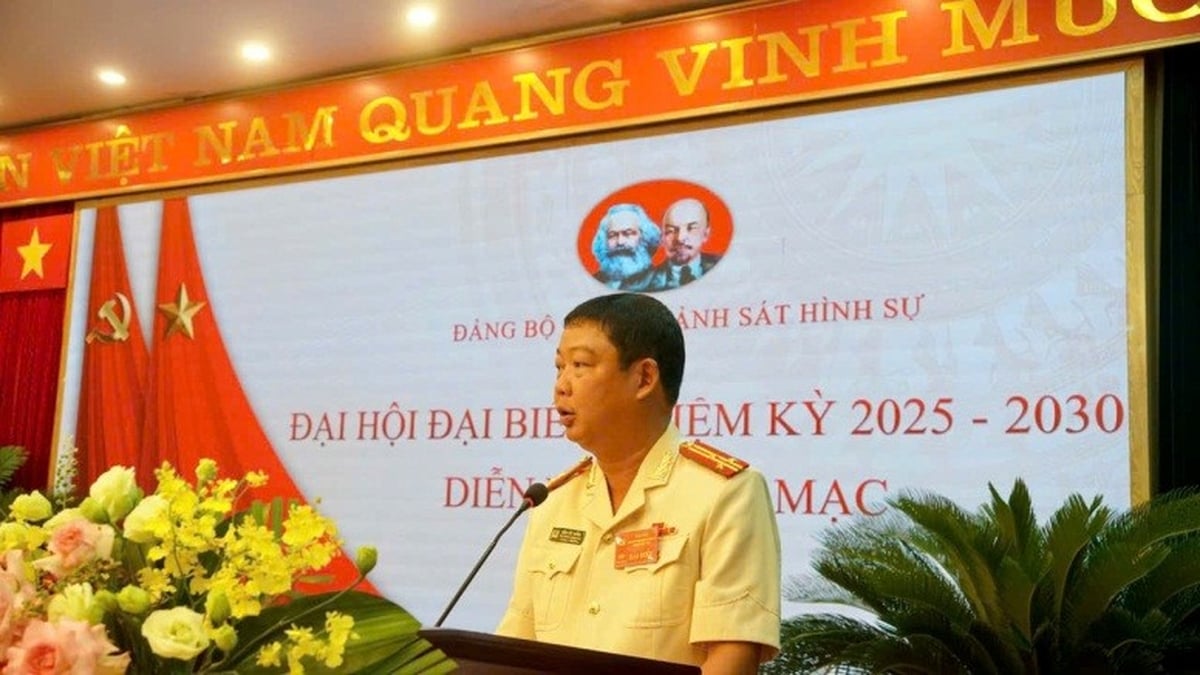
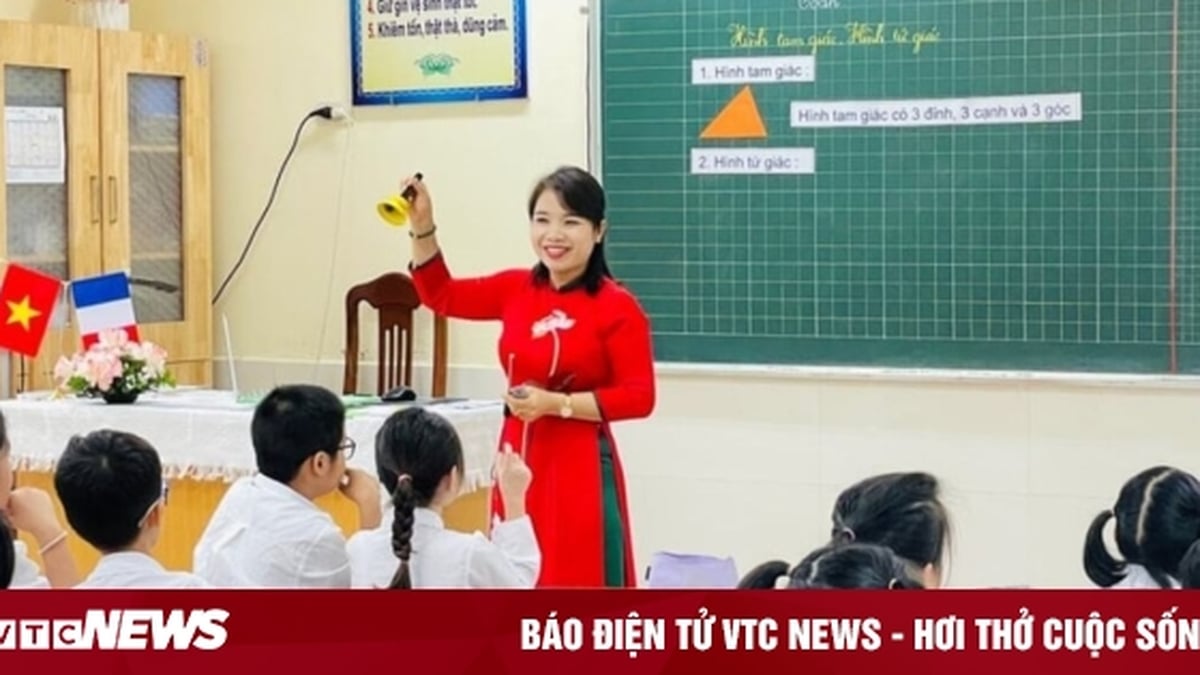

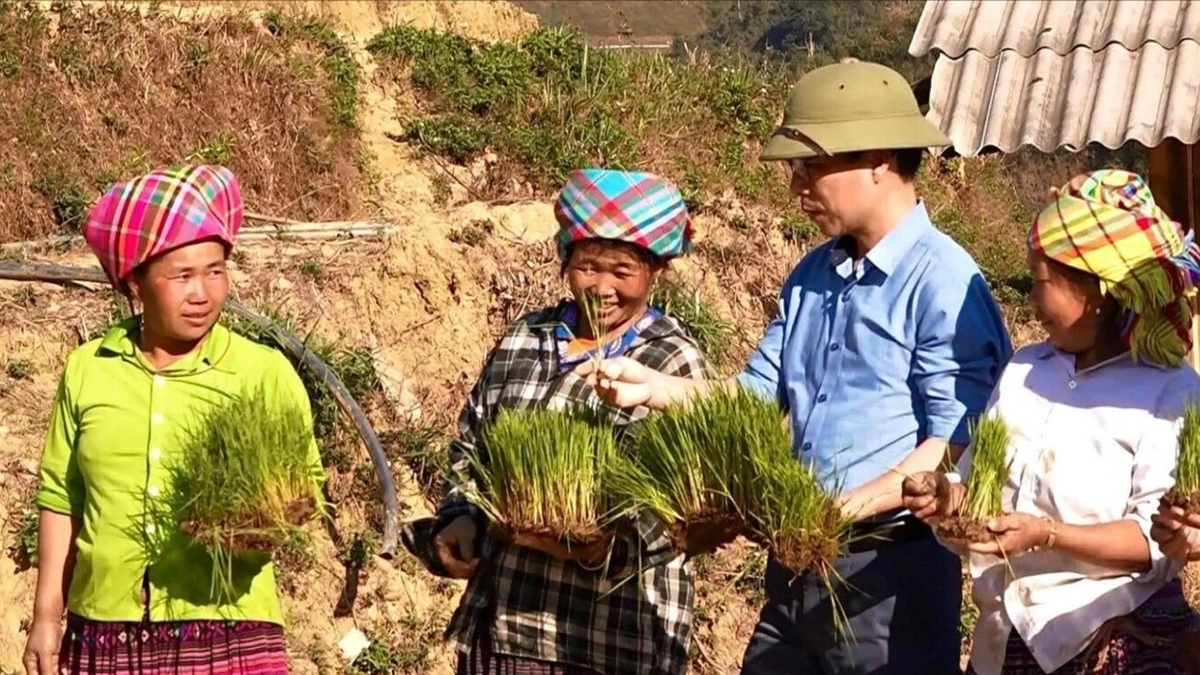

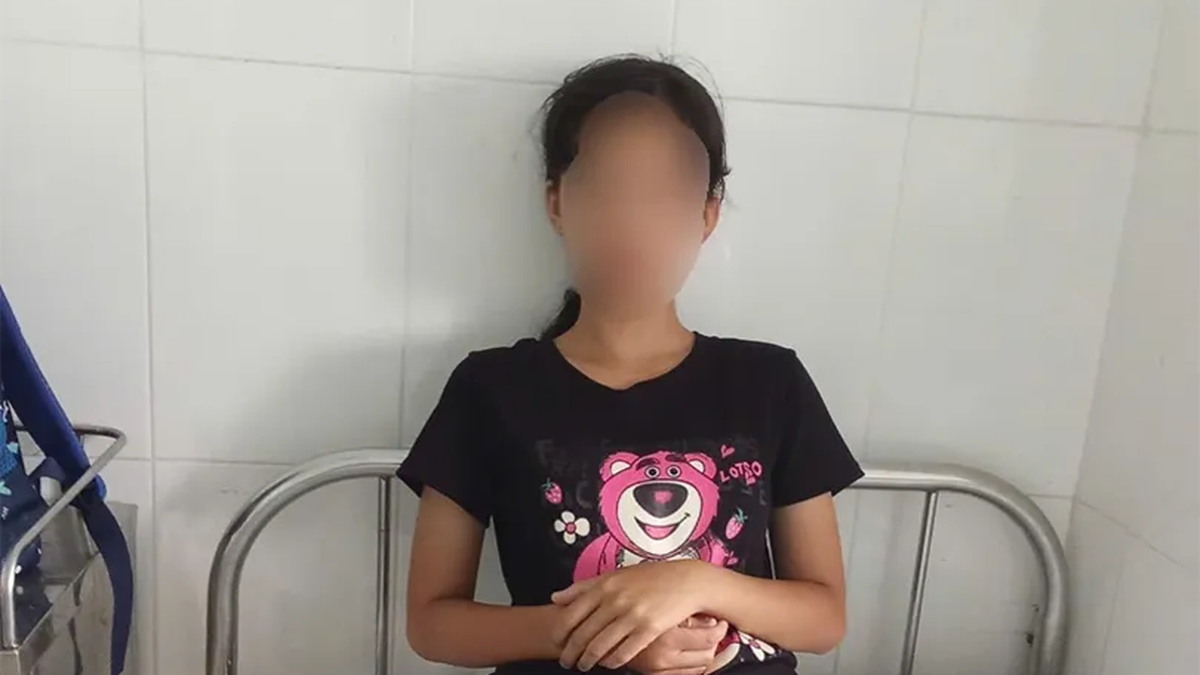
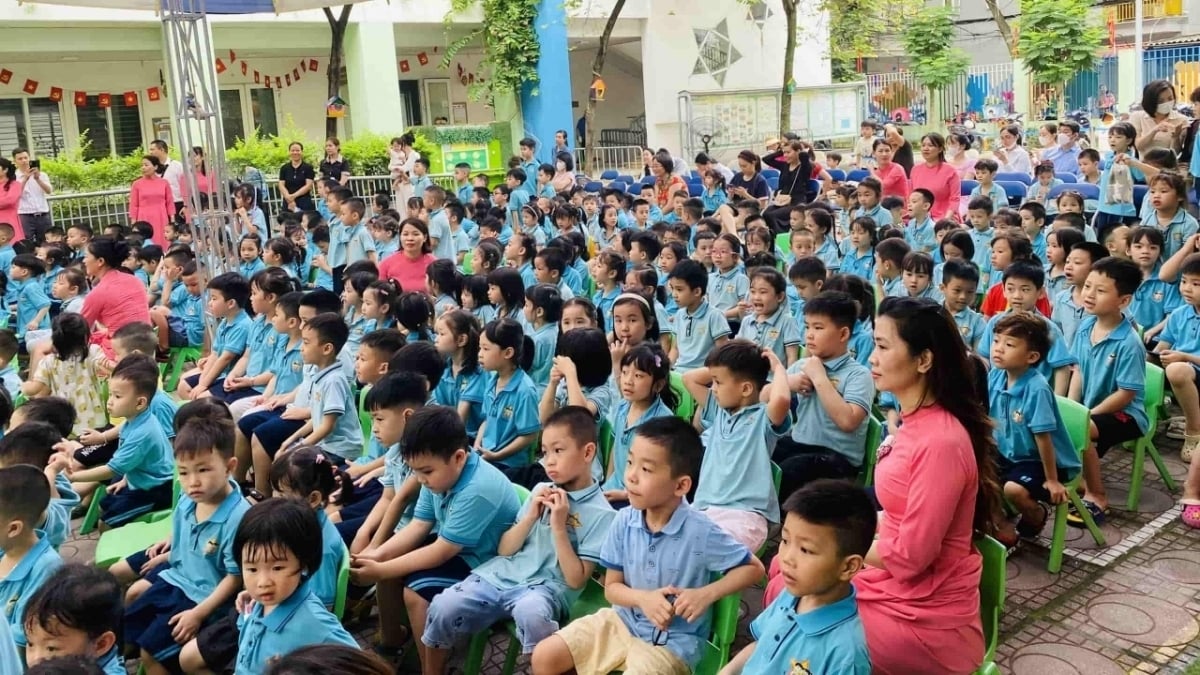
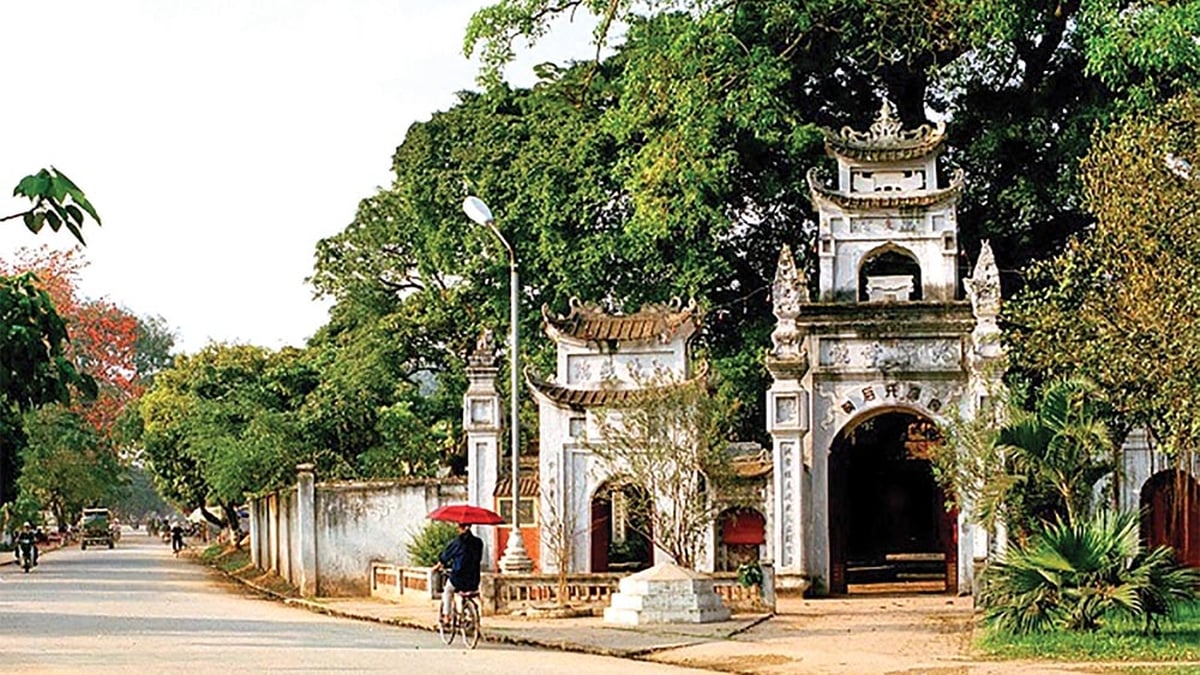
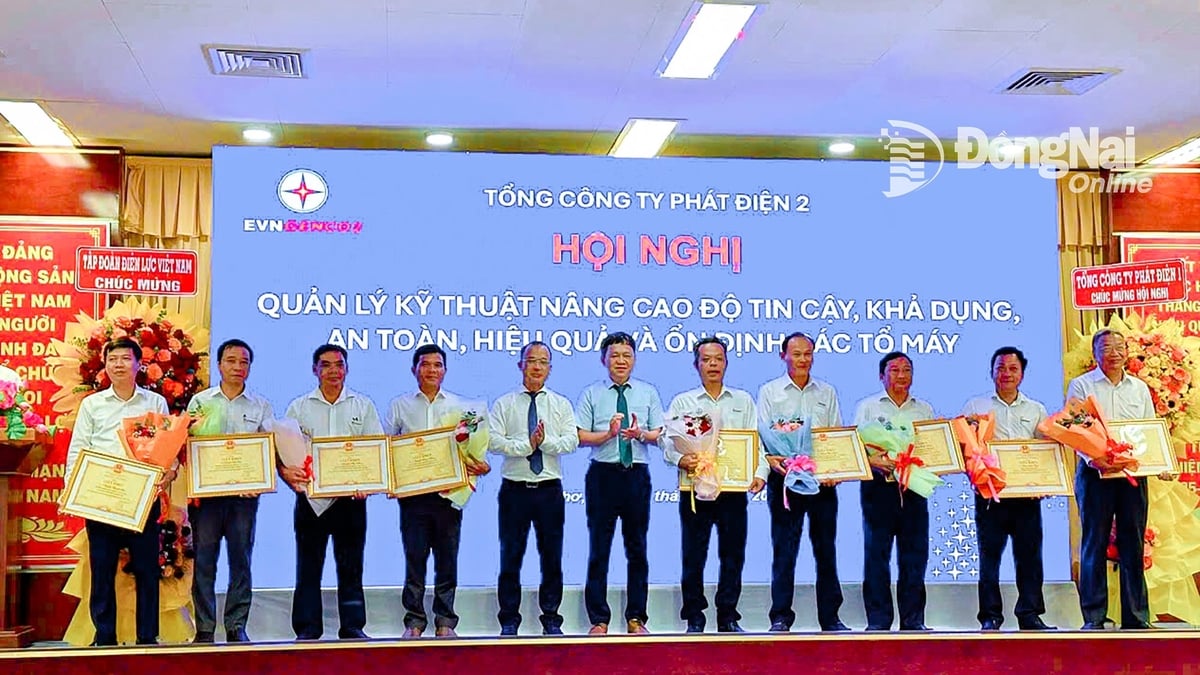

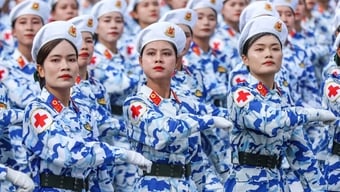
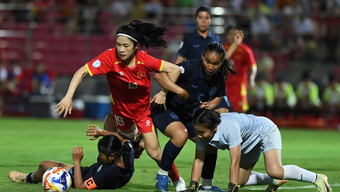







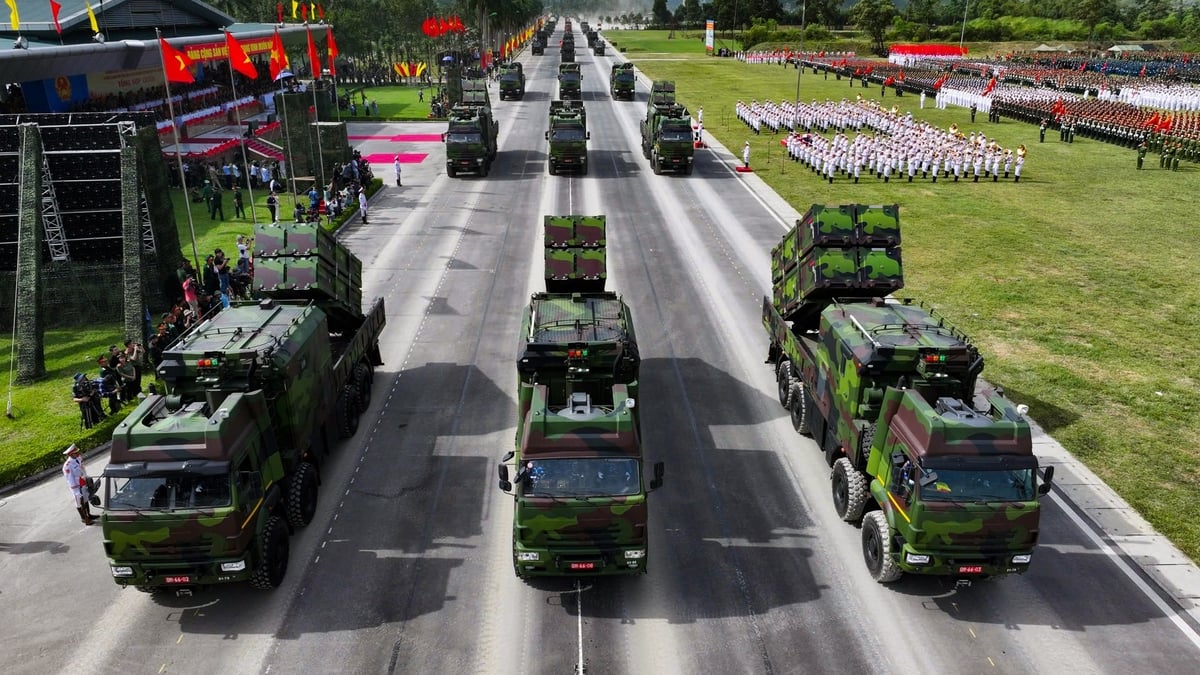

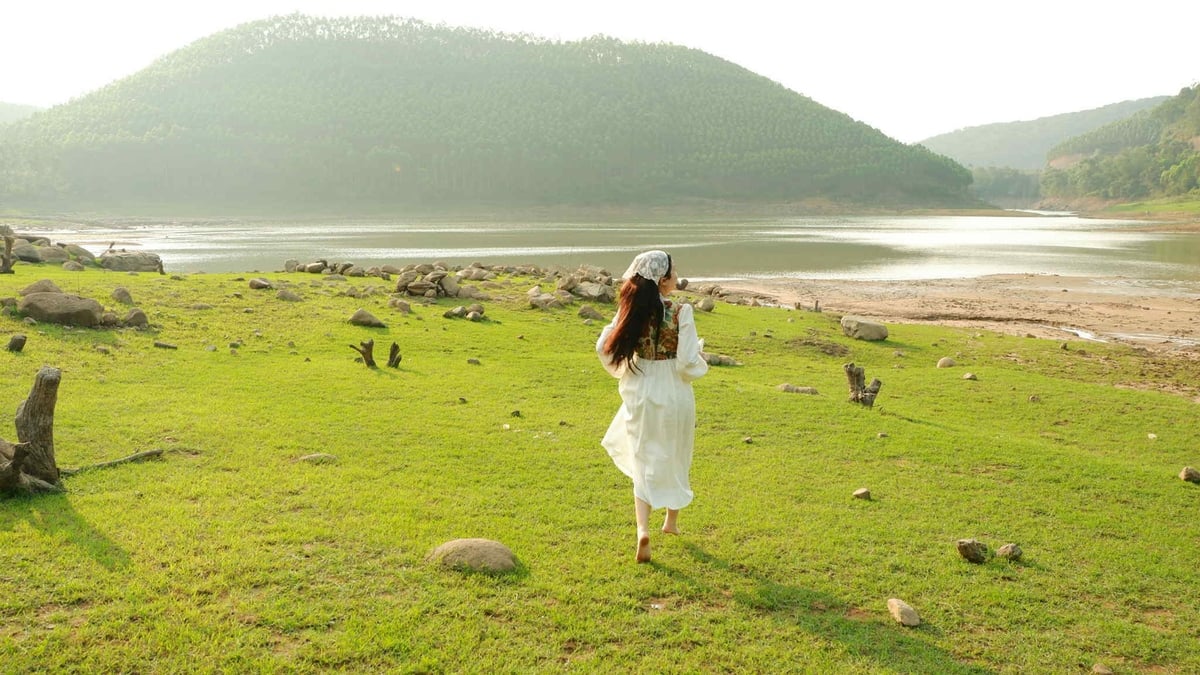
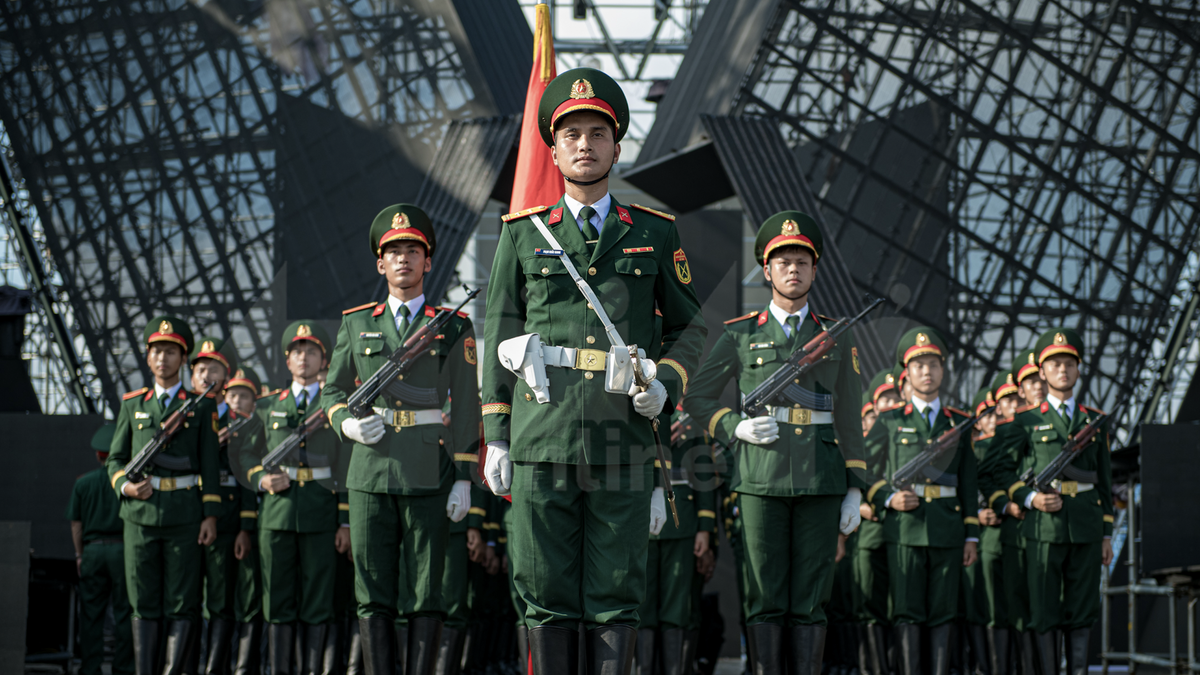
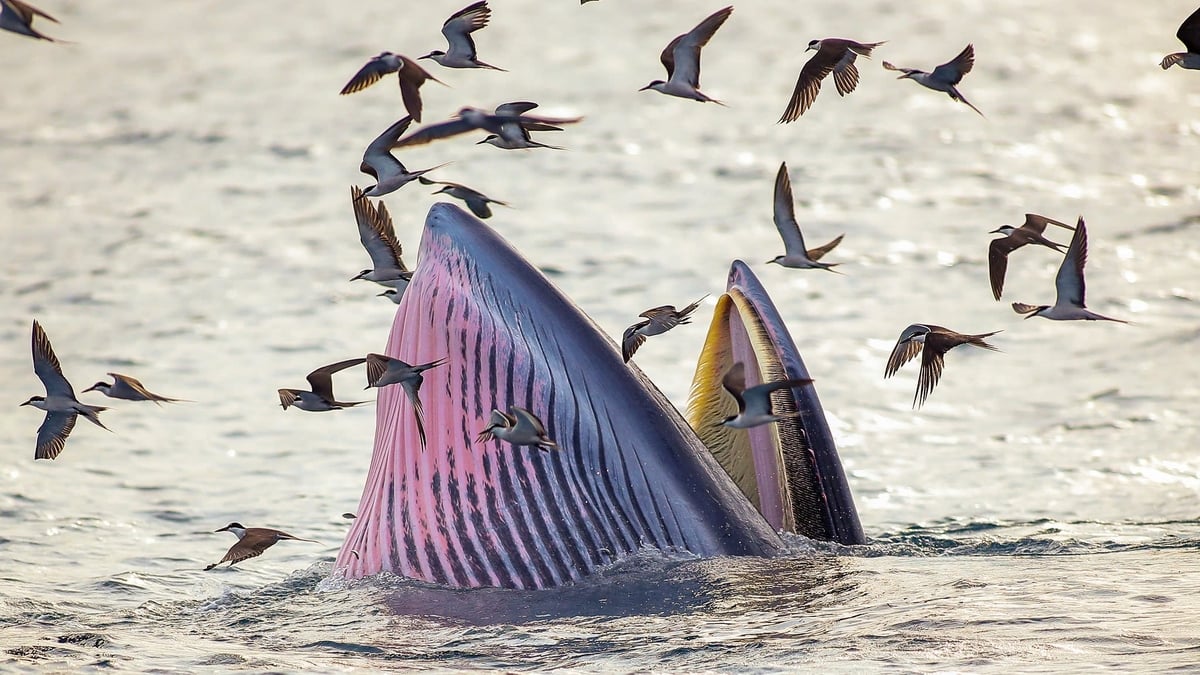

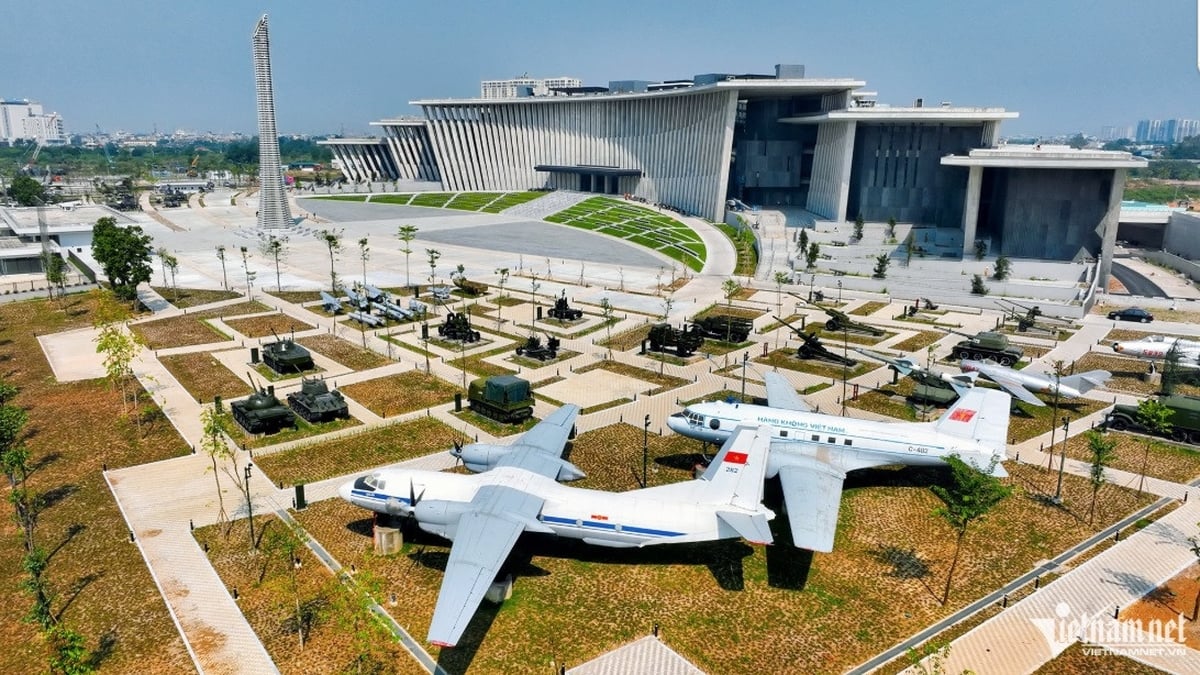
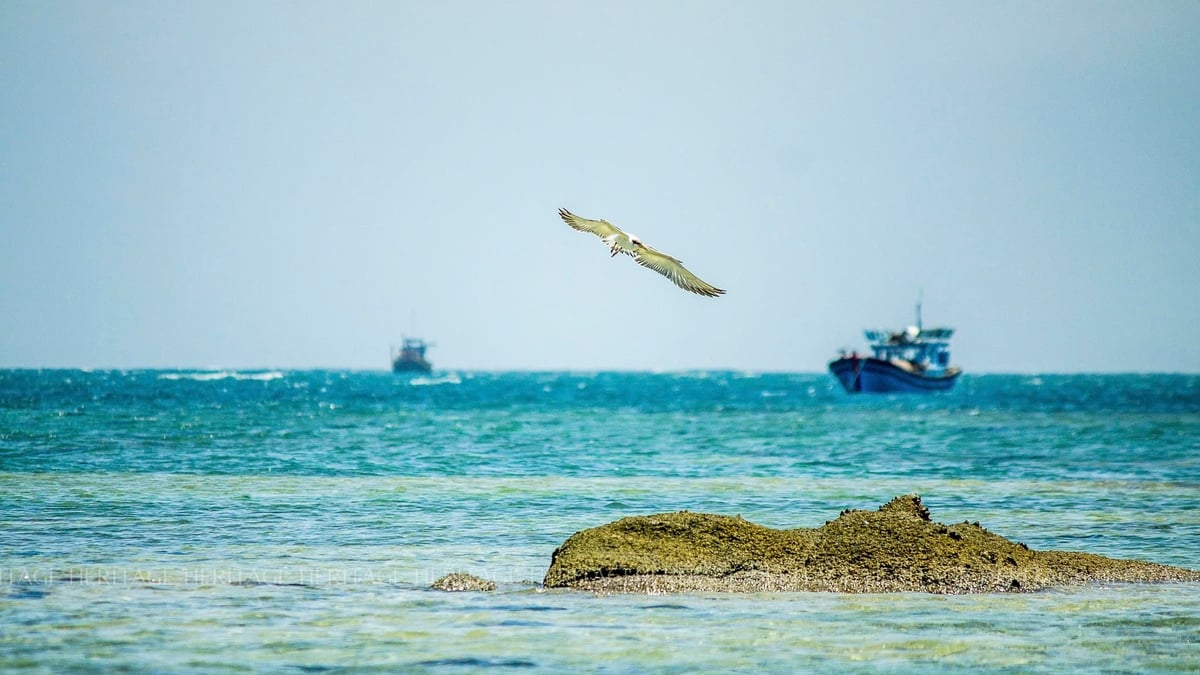
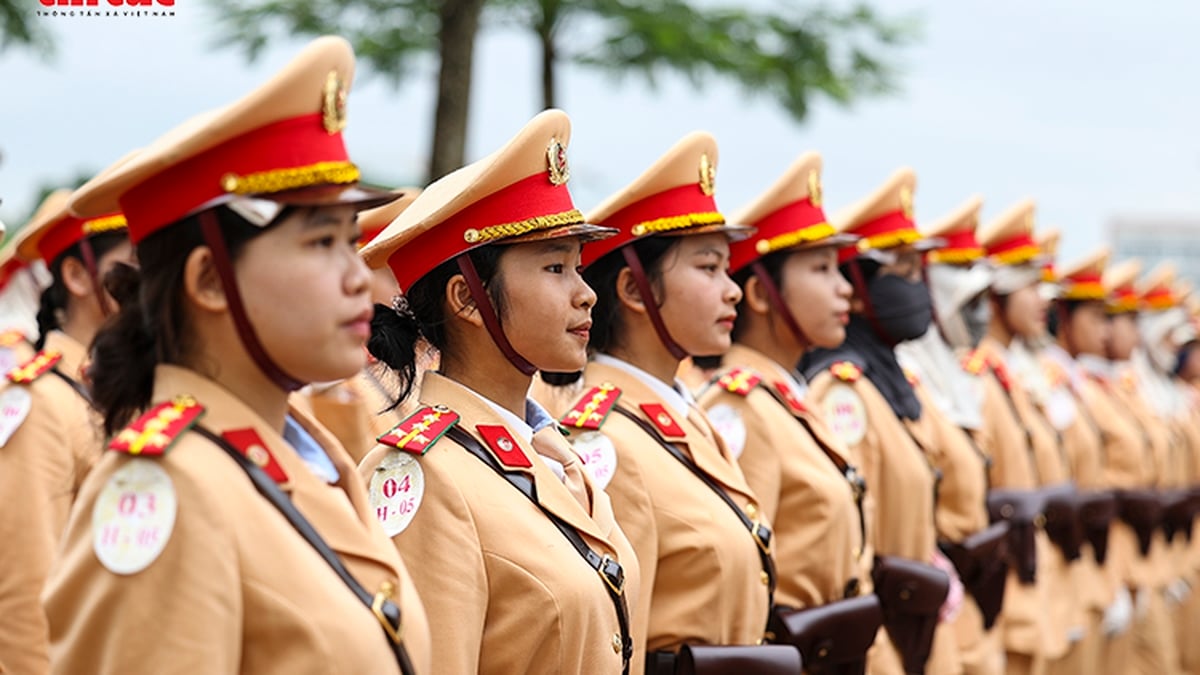
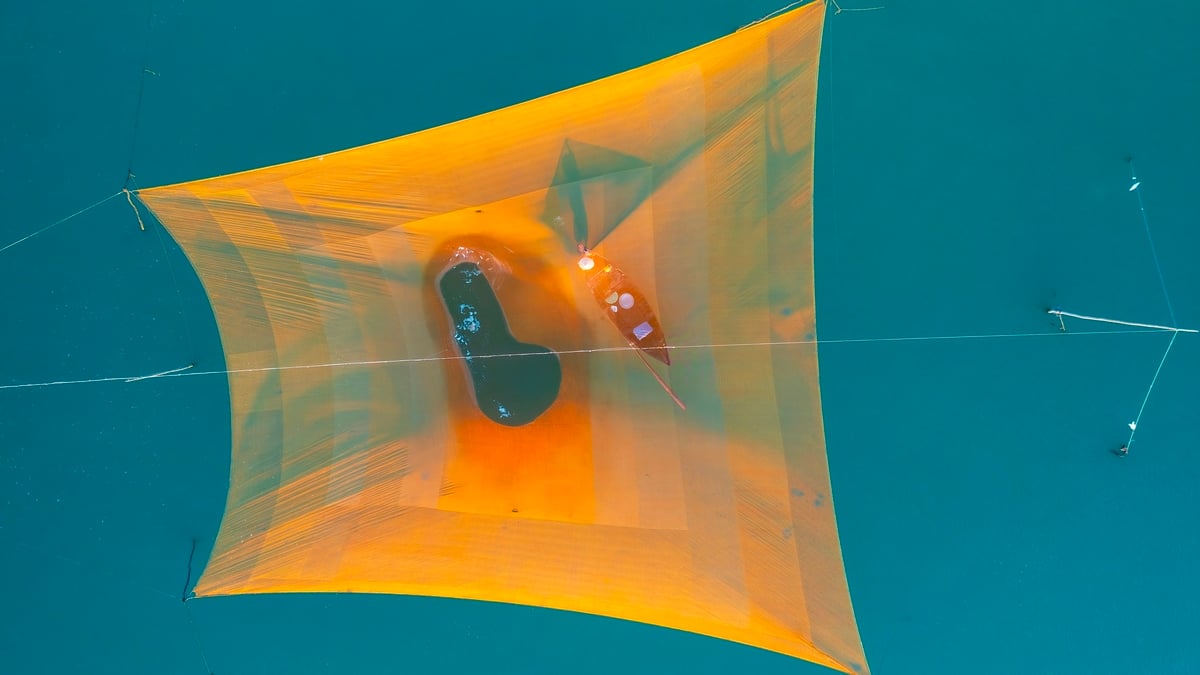


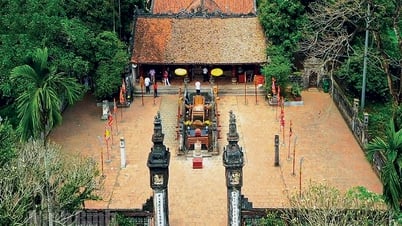

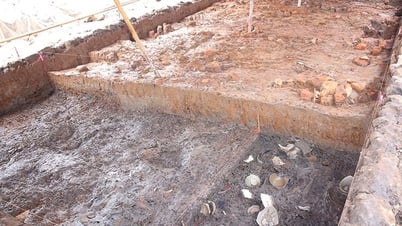
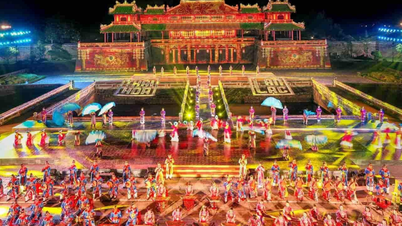


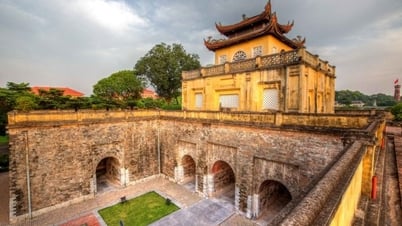

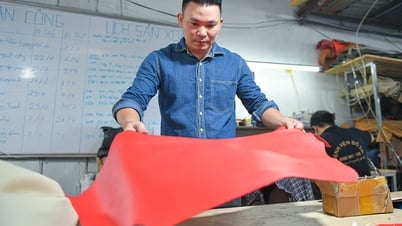

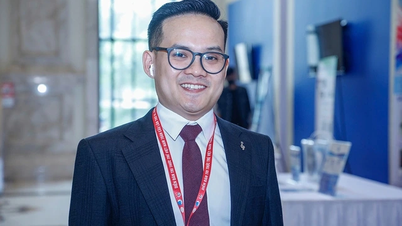
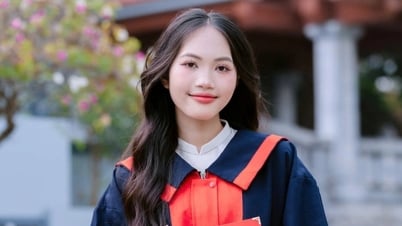

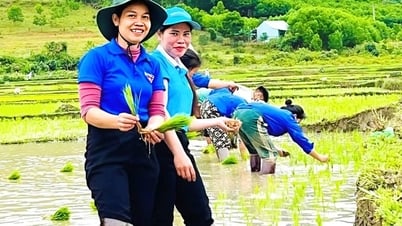

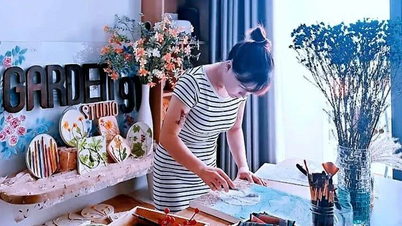



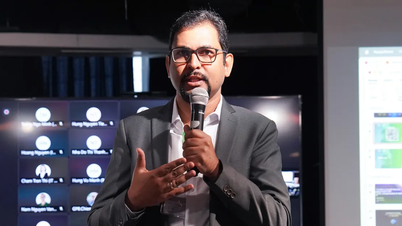
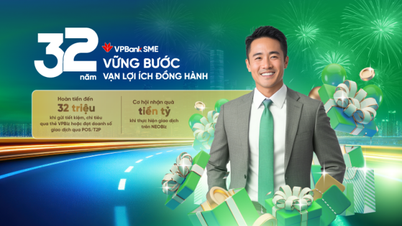

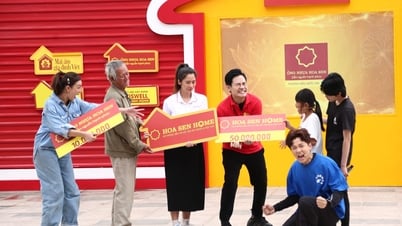
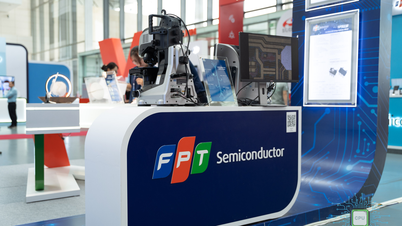
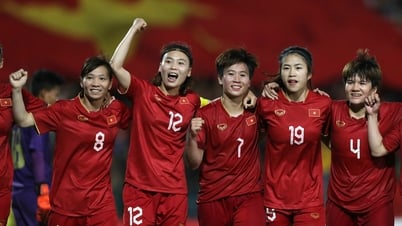

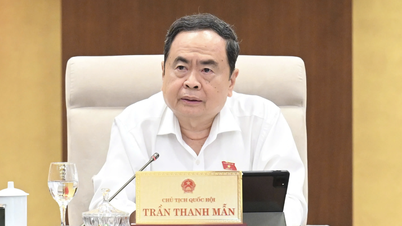

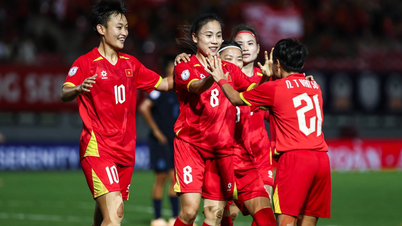
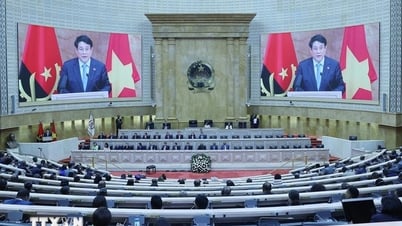



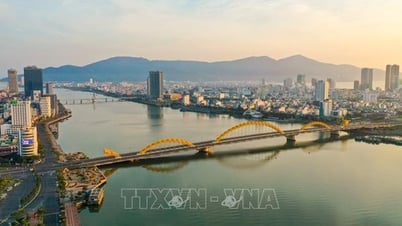

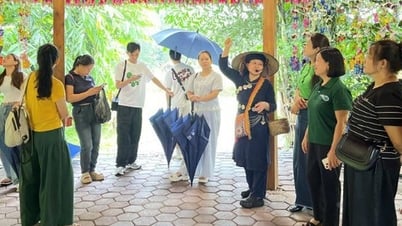
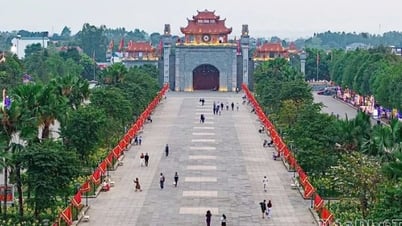
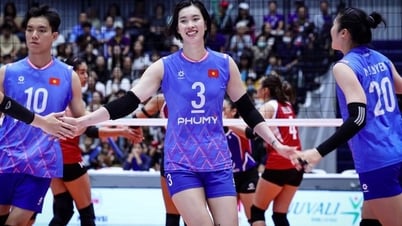
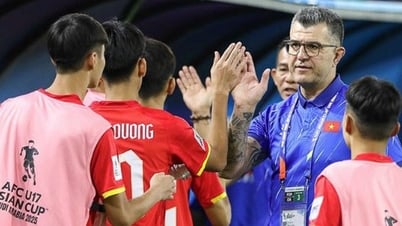







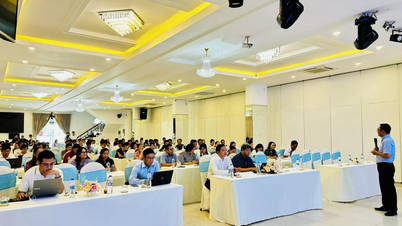

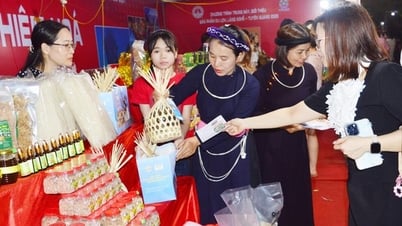
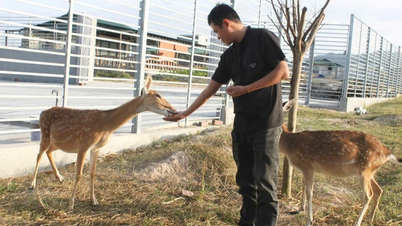

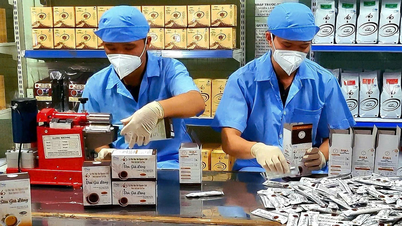
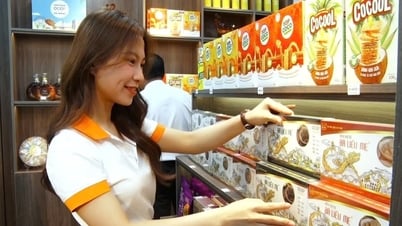



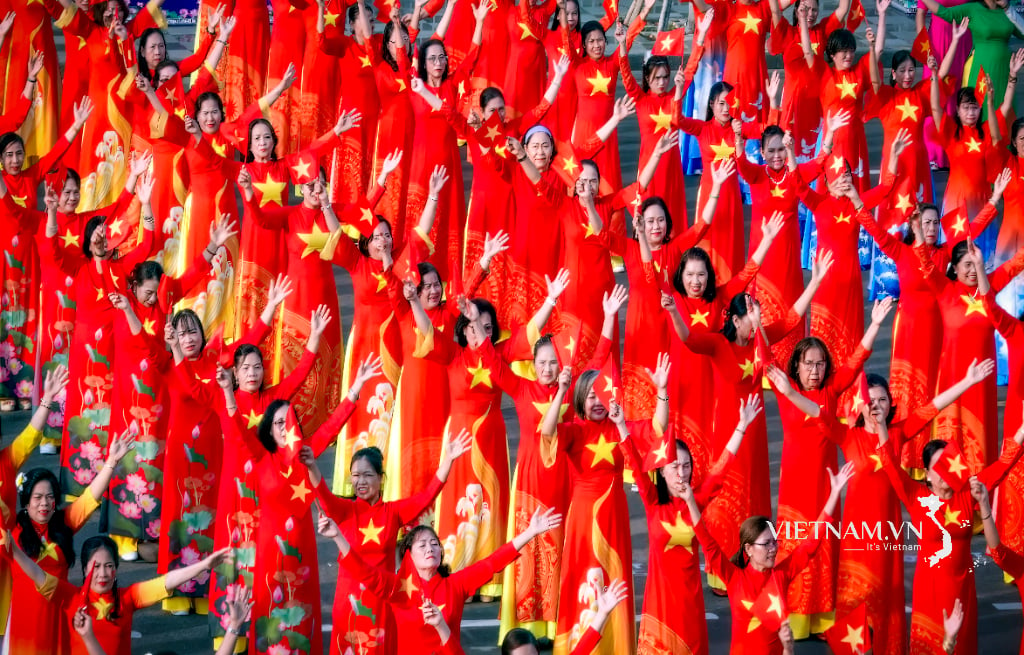
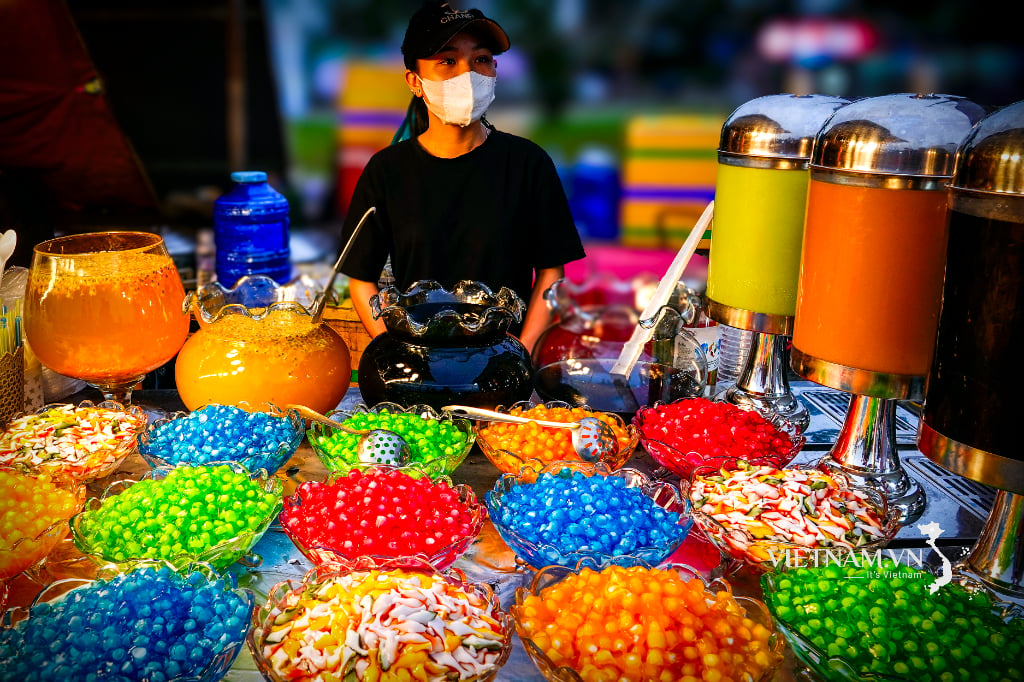

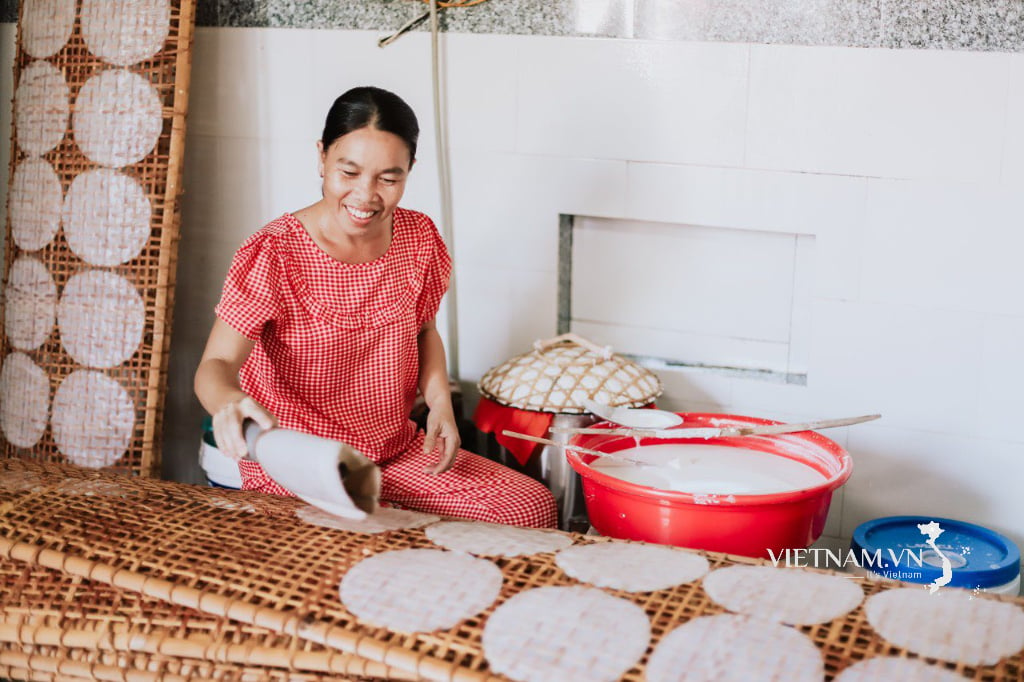
Comment (0)